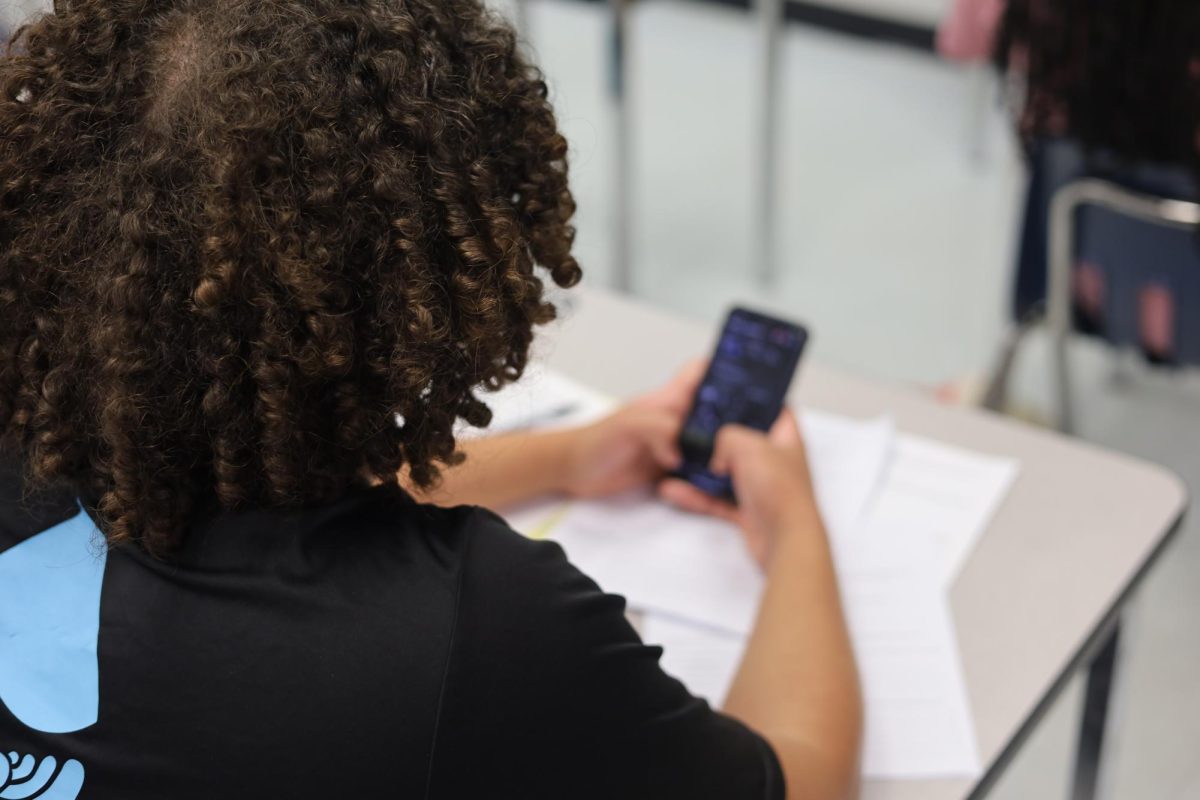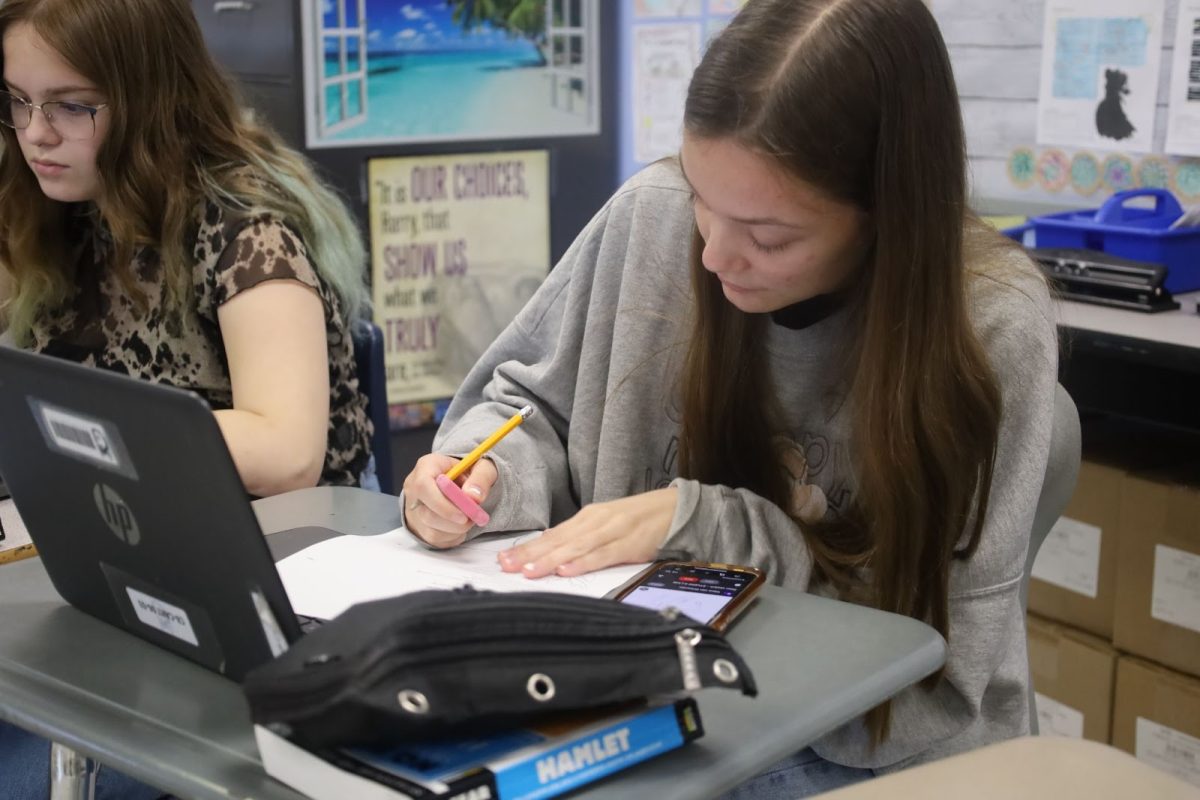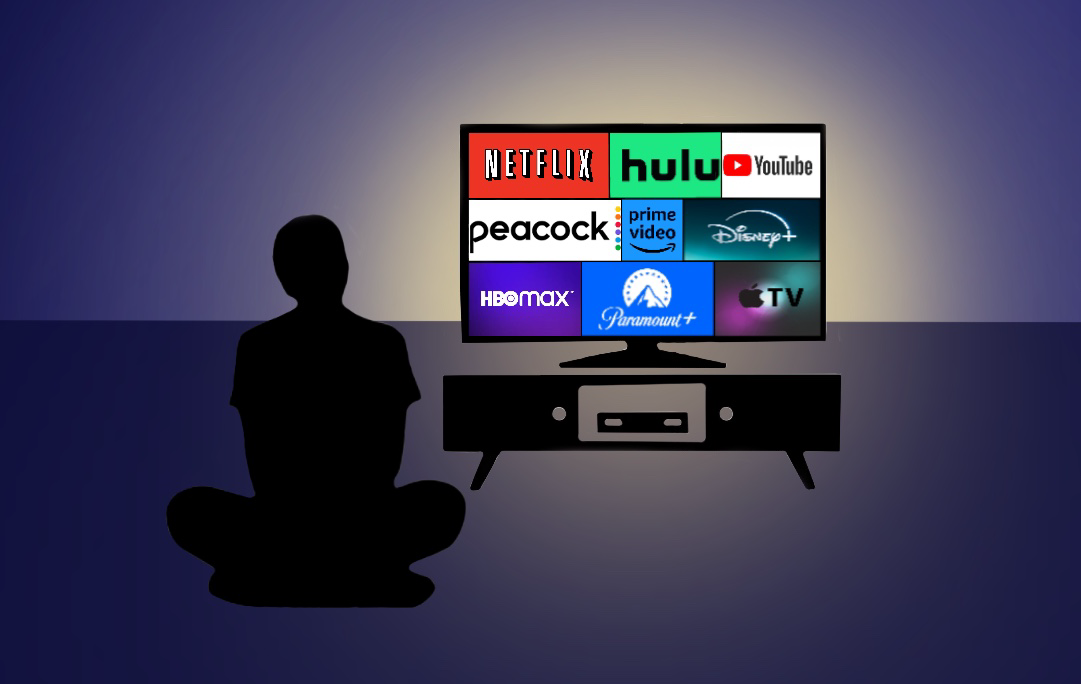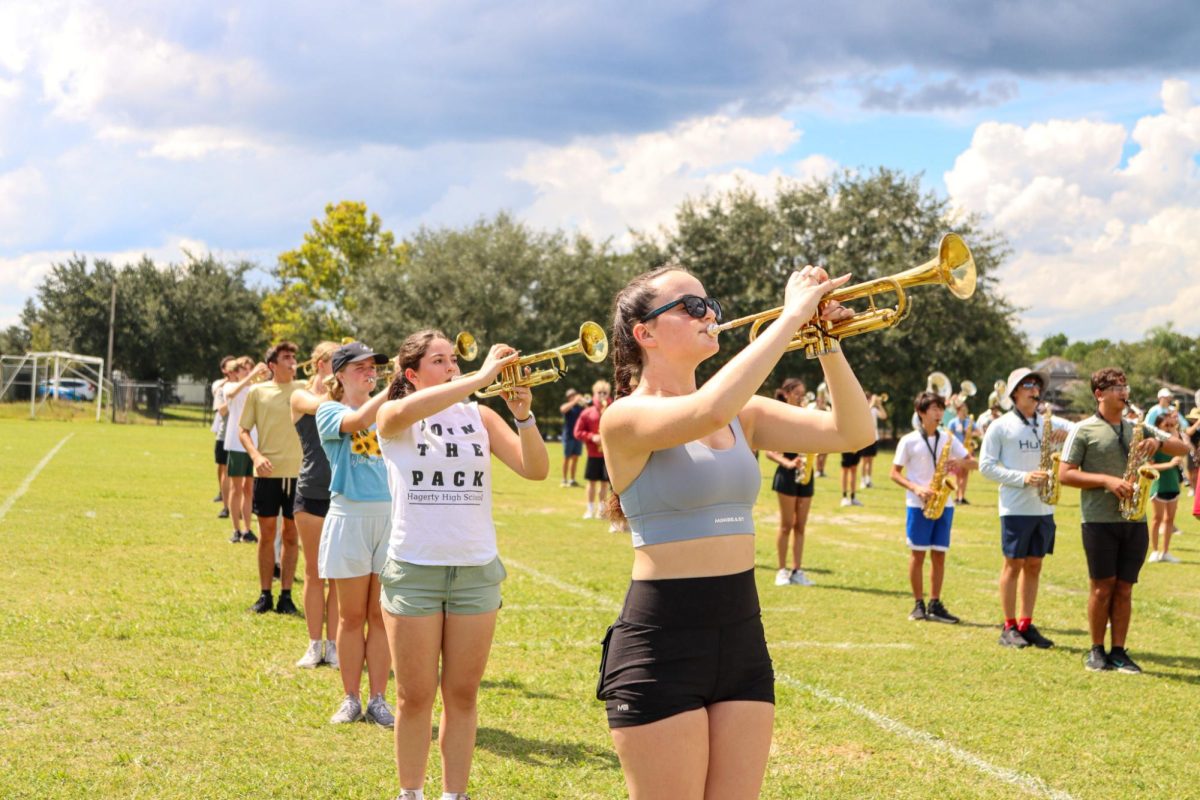New Year’s Resolutions cover about anything: getting in shape, being kind, or even learning a new hobby, but for students with low grades, resolutions are more likely to be about getting organized, studying more, or raising a questionable GPA. Low academic achievement is hard to fix, however, and a pattern of poor grades often leads to students simply giving up.
“A lot of the time I see most people don’t even finish work that’s given,” sophomore Kaylin Rhodes said.
Many question why this decline in student focus is taking place; If students don’t finish their work during class, they are less likely to take time at home to complete it, resulting in a significant decline in students’ GPAs.
“I do worry about our future as students continue to show a lack of care for their education. In today’s world it is so easy to get distracted,” English teacher Virginia Bogert said.
A major factor that has contributed to this issue is cell phones. It is easier to zone out when phones are distracting students with “pings” from texts and social media. A recent study from www.edweek.org showed that about two-thirds of U.S. students reported that they get distracted by using digital devices, and about 54 percent said they get distracted by other students who are using those resources.
“We are asking young adults to have the desire to work on their own and not look to their phones for answers,” Bogert said. “This takes a certain maturity that not all students possess at this stage of their lives.”
Today’s generation has opportunities that past ones did not: almost every student wandering around campus today has a cell phone in their possession. Because of this, 72 percent of high school teachers and a third of middle school teachers report that students being distracted by cell phones is a major problem.
However, the lack of school participation does not only stem from cellular devices. The most recent national poll, led by Stanford Medical School, shows that more than 87 percent of U.S. high school students get less than the recommended eight to 10 hours of sleep every night However, most students only get about 6.5-7.5 hours of sleep per night.
“I think we’ve been having this problem because of not getting enough sleep, and we have to get up too early in the morning,” junior Eduardo Ramirez said.“I sometimes wake up as early as 5 in the morning, and end up going to sleep super late because I tend to procrastinate.”
From cell phones to sleeping in class, it is clear that students are not as engaged in their learning as before.
“I get like around 5-6 hours of sleep every night considering how much homework I receive,” Rhodes said. “Whenever I don’t get enough sleep it affects my whole day and I feel like I’m dragging myself.”
A Stanford researcher in news.stanford.edu concluded that students in high-achieving communities who spend too much time on homework experience more stress, physical health problems, a lack of balance and even alienation from society, showing the negative domino effect created by a large workload
“Student schedules are demanding and lead to exhausted students. Exhausted students are also sometimes apathetic students,” Bogert said.“ With the pressures many students face I think it is causing a more apathetic approach to education among students.”








